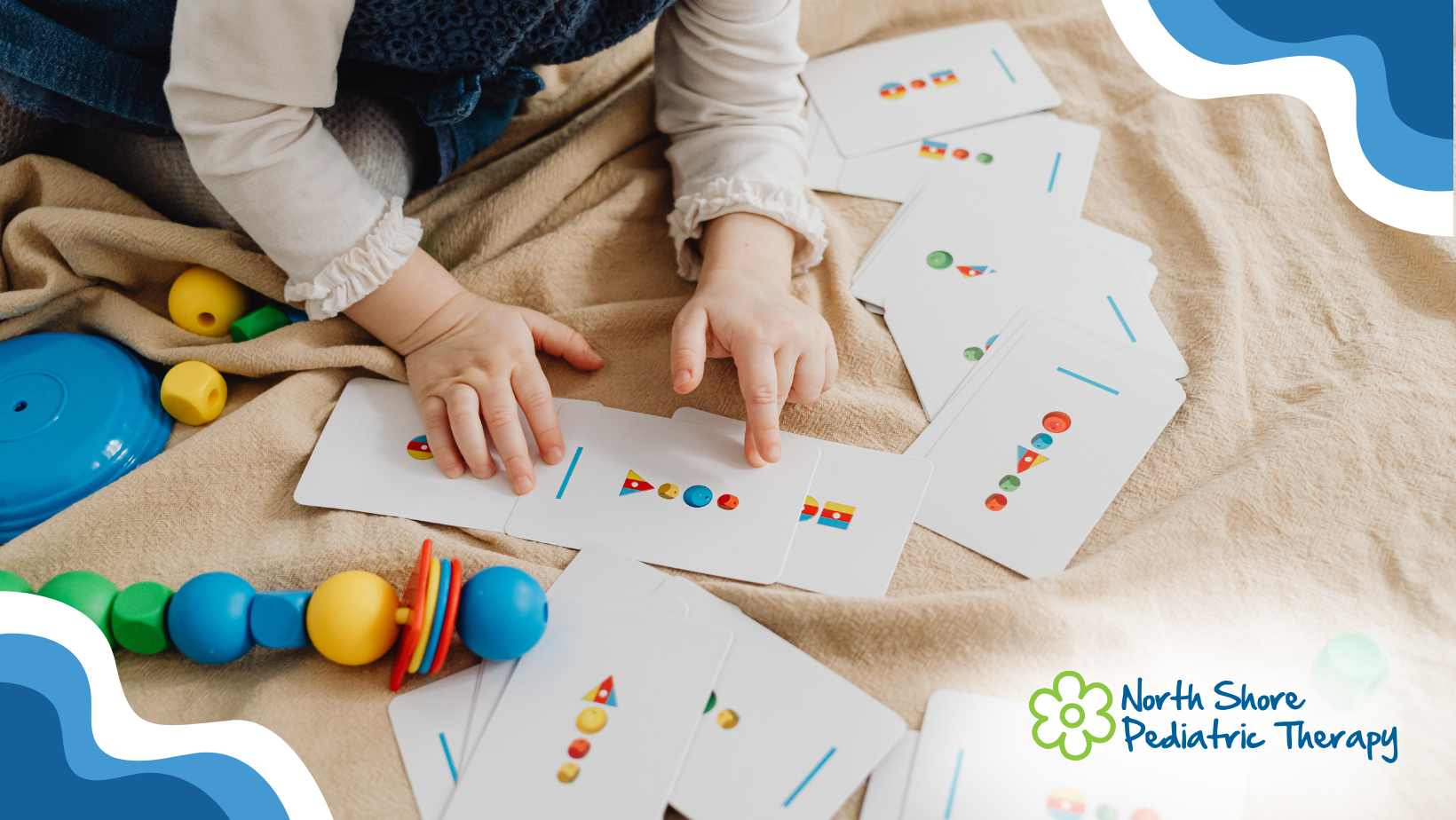WHAT IS MUSCLE TONE?
Muscle tone is the term for the resting length of muscles in the body; or the length of the muscle before a contraction. In low muscle tone (also called hypotonia), the resting length of the muscles is greater than average and causes hyperextension at the joints, or what some refer to as “double jointedness.” However, the term double jointed is misleading, as a person doesn’t actually have two joints, just increased muscle length and therefore increased flexibility at the joint. In high muscle tone (also called hypertonic), the resting length of the muscle is less than average, which causes the limbs to feel rigid and inflexible.
WHAT CAUSES VARIANCES IN MUSCLE TONE?
Many individuals who are typically developing fall within a range of what is referred to as average muscle tone. However within that spectrum one may fall on the high or low end of muscle tone. Clinically significant high muscle tone in children is most commonly caused by in-utero stroke or brain bleeds, and cerebral palsy. Clinically significant low muscle tone in children is most commonly a symptom of various syndromes, other neurological conditions which are typically diagnosed within the first year of life, or an unknown cause (unknown causes of decreased muscle tone are typically not associated with other developmental delays or issues unlike the syndromes or neurological conditions).
HOW DO I KNOW IF MY CHILD HAS HIGH OR LOW MUSCLE TONE?
High muscle tone in children is typically identified within the first 18 months of life. Your child may seem stiff or rigid in all limbs, on one side of his/her body, or in one half of the body (either the upper or lower extremities). Children with high muscle tone may have delayed gross and fine motor skill development, have difficulty “relaxing” his/her muscles, maintain a fisted hand beyond 6 months of age, or may present with very stiff legs that appear to move like scissors when standing or attempting movement.
Low muscle tone in children that impacts functioning is typically identified within the first 5 years of life. Your child’s limbs may seem floppy or loose, and he may often seem fatigued and prefer to lie down versus sit upright. She may also attain her motor milestones on the late end of average or later than average.
HOW CAN I HELP TREAT MY CHILD’S CONDITION?
Children with high muscle tone will benefit greatly from physical and occupational therapy to stretch affected muscles and strengthen opposing muscles which then improves overall functioning. Compensation strategies to work with an affected limb can also be taught as the child ages. Botulinum toxin (commonly known as Botox), which temporarily paralyzes muscles, can also be helpful in children 18 months of age and older. Use of this treatment modality should only be completed in conjunction with occupational or physical therapy sessions, to most effectively utilize the benefits of this drug.
Children with low muscle tone will benefit greatly from physical and occupational therapy to strengthen muscle groups in order to decrease the impact of low muscle tone. This treatment also impacts overall functioning including coordination and attainment of motor skills.
OUR APPROACH AT NORTH SHORE PEDIATRIC THERAPY
Our physical and occupational therapists are highly specialized to work within the pediatric population. We will first complete an evaluation to determine the impact muscle tone is having on your child’s motor and sensory skills. If deemed beneficial physical and/or occupational therapy services on a consistent basis will be initiated. A home exercise program will be created for your child that will be motivating and appropriate for your child’s needs. Parent/caregiver training will also be provided to ensure that the home exercise program is properly completed.















